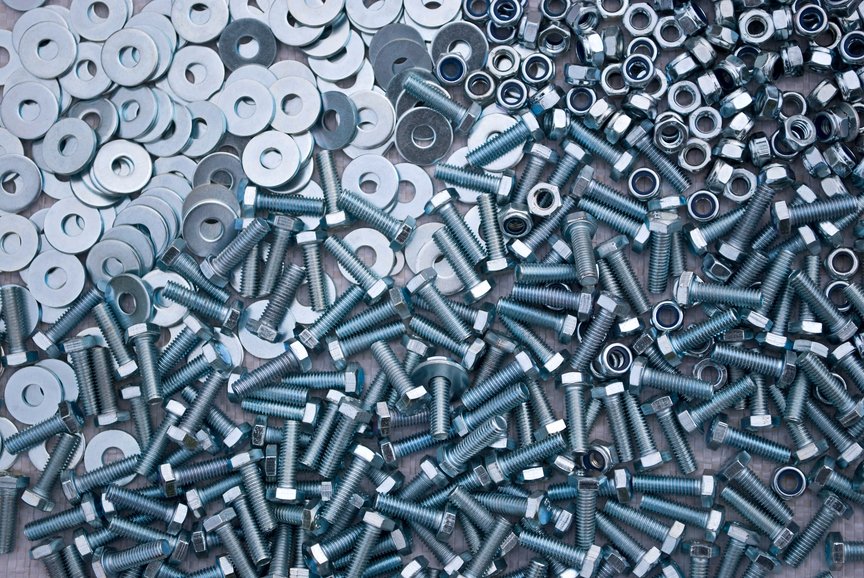4 Essential Steps To Avert Common Fastening Issues
Thread striping, cross threading or a missing nut, screw or bolt are common problems that can be easily observed and immediately addressed. On the other hand, the fastening issues that cannot be noticed with the naked eye constitute the most common causes of equipment malfunctioning and failure. Even though in most cases the missing fasteners […]
Thread striping, cross threading or a missing nut, screw or bolt are common problems that can be easily observed and immediately addressed. On the other hand, the fastening issues that cannot be noticed with the naked eye constitute the most common causes of equipment malfunctioning and failure. Even though in most cases the missing fasteners are not critical to the proper functioning of the machine – they could come from the exterior of the product – they are still a big reason for concern. When you stumble across something minor, you can’t help but wonder whether other critical components might also fail.
Because these events are frustrating, time consuming and can lead to delays as well as additional expenses, it’s only natural that you want to eliminate them from the manufacturing process. Despite the popular belief, this can be as simple as discovering the variables responsible for such occurrences, isolating and then removing them completely. Here’s what the process of identification and elimination implies.
1.Verifying the type and dimension of the fastener
Considering that in most cases the sizes of the fasteners used for a particular application are hard to determine with the naked eye, it is easy to understand how untrained operators could get them mixed up and try to install the wrong screw. The direct result of this mistake is an improper fastening that could lead to several other issues in the long run. To make sure operators use the right size and type of fastener in your manufacturing processes, considering implementing color-coded bins or bin partitions to store them separately and make them easy to identify.
2.Utilizing the appropriate tools for the application
Industrial fastening tools are not only available in a considerably wider selection, but they also vary greatly in terms of torque, size, length, cycles, strength, materials used, the experience of the operator, so on and so forth. This is why entrepreneurs should study all available tool options and invest in the equipment that meets the precise prerequisites of the applications. On a side note, if you have any doubts or need to know more about a certain tool, then it is usually best to discuss it directly with its manufacturer.
3.Check the parts before starting the project
Few operators realize that any change that the material, part tolerance or storing options could ultimately affect the fastening results. In fact, by simply changing the parts or fastener vendor during a large tool installation could lead to serious problems in the long run. Therefore, stick with one provided and utilize the tools he recommends for your application.
4.Educating operators on how to spot potential issues
While you might perceive it as an expense you can’t afford right now, the truth is that you will be saving a lot of time, effort and cash by simply training your staff in regards basic tool performance. If operators know what to expect from the tool as well as its standard behavior, then it would be easier for them to recognize a fastening problem. Keep in mind that the earlier you spot these signs, the easier it will be to correct them.

